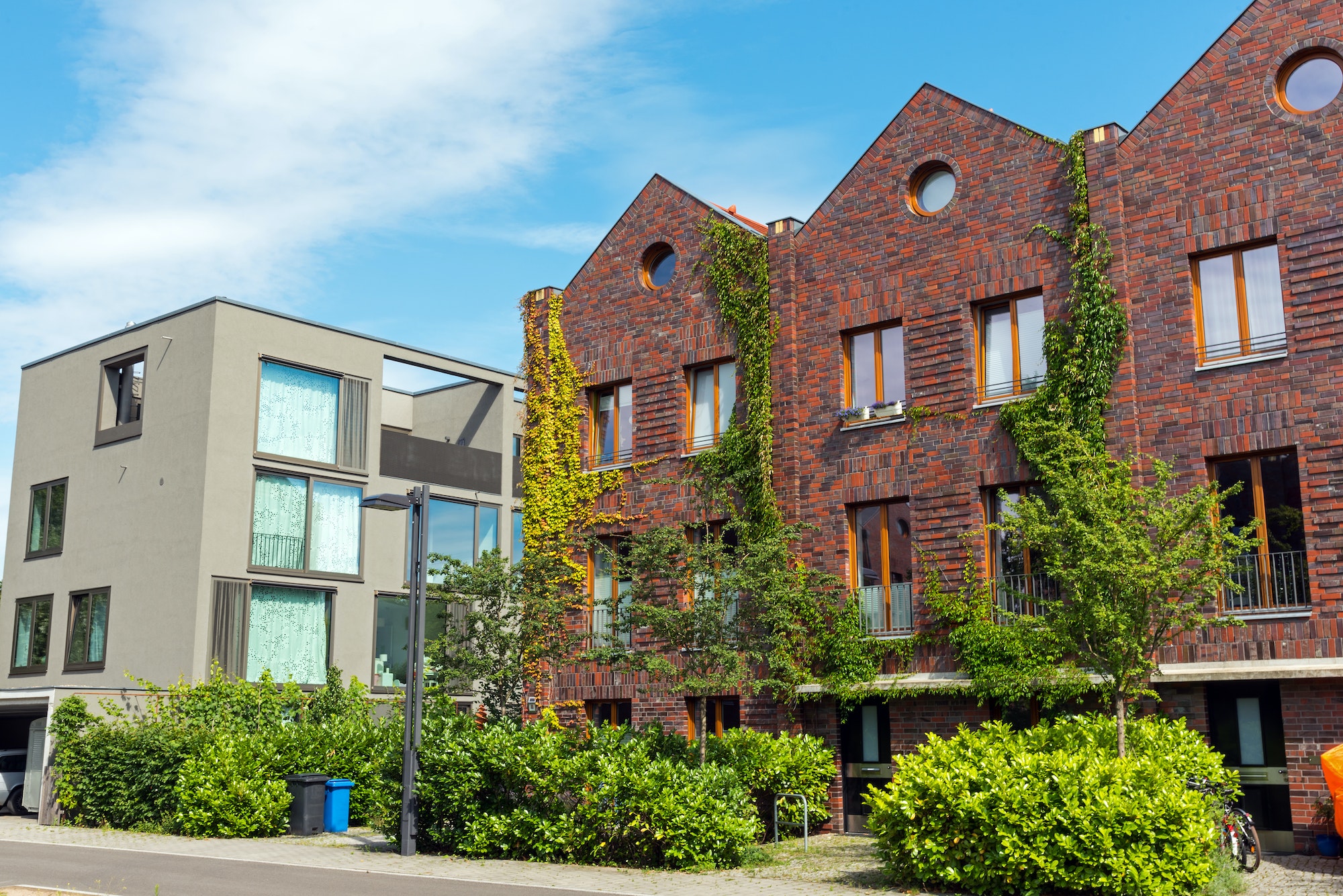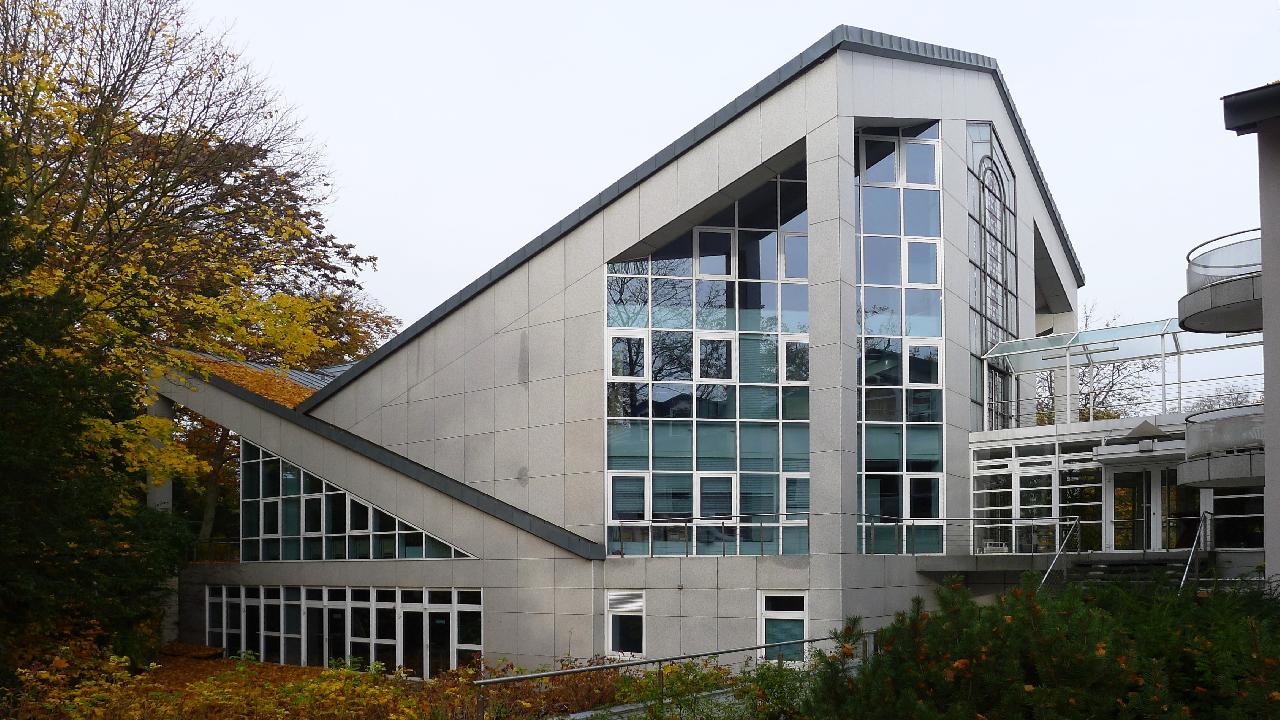Whether you’re building a house from scratch or just upgrading your old one, you’ll want to choose your materials with care. The right choices will pay dividends in the long run. The first thing you’ll want to do is decide on the material of choice, and then figure out what the rest of the home’s interior will look like. Some parts of the house are easy to replace, while others are more difficult to come by.
Choosing to build your home out of bricks can offer many benefits. These include a warm, comfortable interior, excellent insulation, and a long-lasting structure. In addition, they are durable and cost-effective.
Despite the fact that you will hire a bricklayer for your construction process, it is best for you to learn more about brick properties. No doubt the bricklayer you hire will advise you on materials that are suitable for your type of construction and are available in local markets. However, this is about your home and your budget, so no one is better than you to decide what materials are suitable for the project.
Types of bricks used in construction
Brick is a traditional building material that has been in use for hundreds of years. It is also highly durable and structurally sound. This means that it provides better protection from fire and wind, while also increasing resale value. It is also a timeless style that will never go out of style. Various types of bricks are widely used in building construction.
Burned clay bricks
The burned clay bricks are their durability, long service life, and strength. They also resist mold growth and are not prone to crumble. Moreover, they provide good sound insulation and vapor insulation. They can also be used as a cladding material for both exterior and inner walls.
Burned clay bricks can be of several grades, the best of them, the first-class brick has smooth edges and a standard shape. They are also red or copper colored, with a ringing sound when tapped. Their good properties make them more expensive than others.
The second-class clay bricks may be not as smooth and flawless as the first ones, however, they are still durable and suitable for construction. The structure requires to be covered by smooth plastering. The lover clay brick classes are considered poor-quality materials and are mostly used for permanent structures.
Fly ash bricks
But if you are looking for the most modern and durable building material, you should consider using fly ash bricks. This material is resistant to moisture, heat, and fire, and has many other advantageous properties. They can be used to build a house that is warm in winter, and cool in summer. In addition, they can save up to 40% of your construction costs.
In addition, they are lightweight reducing the load on the structure and making solid walls. If the wall is hollow, its density is lower. This allows the house to be built on any type of ground and decreases the pressure on the foundation.
Another advantage of fly ash brick is its excellent thermal insulation. These bricks are not prone to thermal conductivity, which helps to keep the interior of the building cool during the hot summer months and warm in the colder seasons.
Concrete bricks
Traditionally, concrete bricks were used for exterior construction. Concrete bricks can provide excellent fire protection and insulation. They are less expensive than burnt bricks and available in a variety of colors and patterns.
As a result, the exterior walls of a house can look more attractive and they can help to reduce energy bills. These bricks can be sandblasted or painted to give a smooth, textured, or rough finish. They can be custom manufactured in a variety of colors. They are also a good option for those who want to blend their homes with their surroundings.
Engineering bricks
Usually referred to as structural bricks, engineering bricks are used in a variety of construction projects. They are especially useful for projects that involve water-facing elements like sewers, retaining walls, basement foundations, and damp-proof courses.
The A class’ engineered bricks have low water absorption and high compressive strength. It has a maximum water absorption capacity of 4.5%. This allows it to be resistant to frost damage. It is also known to have an impressive density. Class B has a smaller water absorption capacity and slightly lower compression strength. However, it is more common due to its lower cost.
Why choose brick as a construction material?
Choosing the material for a home can be a daunting task, but if you want a building to be durable, energy-efficient, and environmentally friendly, brick is the way to go. With a variety of styles and sizes to choose from, brick can be used for virtually any type of building project.
- Brick is one of the most popular and versatile materials in construction. There are hundreds of different styles, shapes, and colors available. There are also many options for finishes and textures. This makes it easy for architects and interior designers to create a unique look for your project.
- Brick is naturally resistant to rot, mold, and termites. At the same time, brick is environmentally friendly because it doesn’t contain any chemicals, plastics, or artificial compounds. They are also non-combustible, so they won’t release harmful emissions into the air. 3. 3. Additionally, bricks are extremely energy efficient and can save your home warm in the winter months. They’re also heat-absorbing, which helps them keep cool in the summer.
- Brick can also help to block noise from traffic and machinery. They can even reduce noise from amplified music and airplanes.
- In the interior, brick can be used as a wall accent. Choosing a brick as a building material can be a good idea because it will allow you to create a unique design.
- The leftovers are also great for landscape needs.
How to go about hiring a bricklayer?
Whether you are building a new home or renovating an old one, you will need a bricklayer. The process can be difficult to navigate, and it is important to hire someone with experience and qualifications.
A bricklayer can help you build foundations, retaining walls, perimeter walls, and pavements. They also offer advice on project plans. You can save time and money by hiring a professional. A professional bricklayer can also anticipate future problems and ensure that your project meets code specifications.
First, you should choose a bricklayer with a license. This is important because some bricklaying jobs require permits. You should also check that the bricklayer is insured. This is because accidents can happen due to negligence. Ask them for references. If possible, you better check with customers of previous projects and ask them about their experience.
Compare quotes before you decide on who to hire. The quote should include the materials, supplies, and equipment that the bricklayer will use. The cost of a bricklayer will depend on the type of work and the time of year. Get at least three quotes. Choose a contractor at an average price. A cheap rate may mean an unprofessional bricklayer or he is hiding something.
Discover more from Futurist Architecture
Subscribe to get the latest posts sent to your email.




